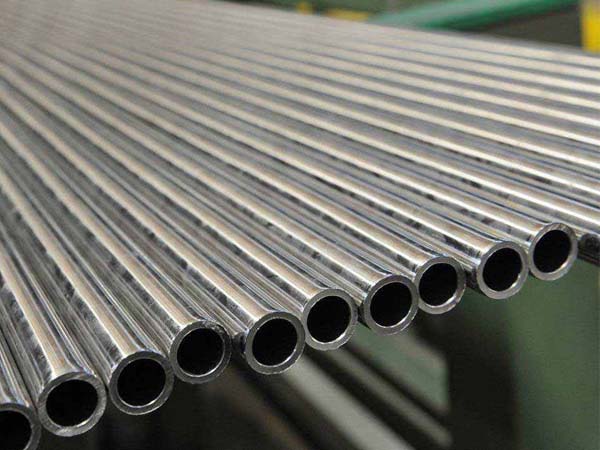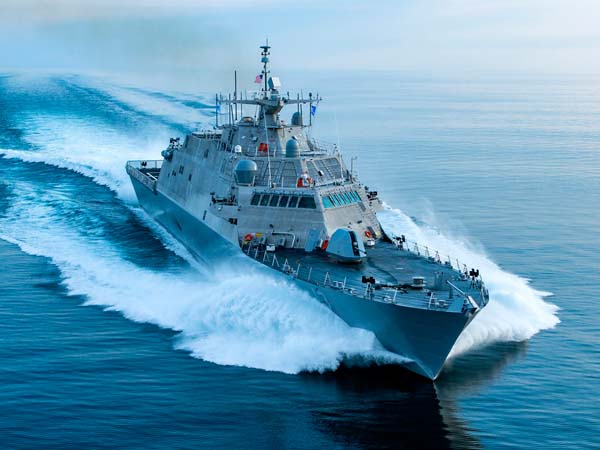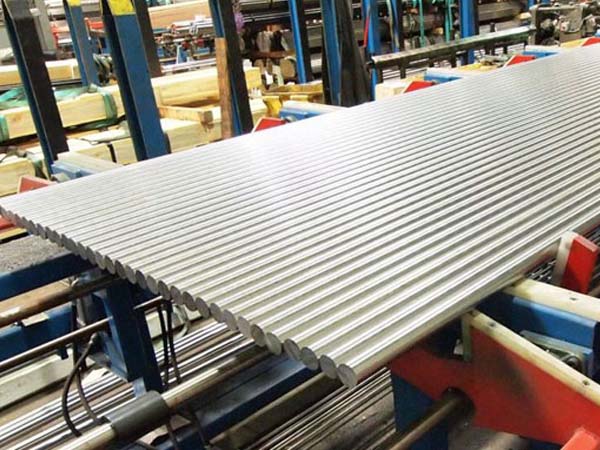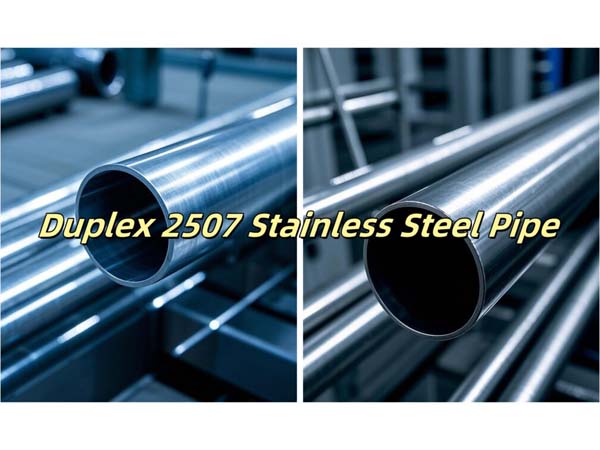





Phone
+86-731-82250427
Address
25th floor, C3 Building, Wanda Plaza, Kaifu District, Changsha, Hunan Province, China.
 Jan 4 2024
Jan 4 2024
┃ Application
┃ Chemical Composition (%)
|
Material |
Ni |
C |
Si |
Cu |
Fe |
Mn |
Cr |
Ti |
|
N07090 |
Balance |
0.13 max |
1.00 max |
0.20 max |
1.50 max |
1.00 max |
18.0-21.0 |
2.00-3.00 |
┃ Mechanical Property
|
Material |
Tensile strength |
Yield strength 0,2 |
Elongation |
Hardness HB30 |
|
850-1000 N/mm² |
400-600 N/mm² |
30-40% |
200-250HB |
┃Corrosion Resistance
Nimonic 90 provides a harmonious blend of corrosion resistance and high-temperature strength. Its ability to resist high-temperature oxidation, corrosion in acidic and alkaline solutions, and stress corrosion cracking makes it well-suited for diverse environments. The alloy also exhibits resistance to pitting and crevice corrosion in chloride-containing surroundings, although its performance may be affected in highly oxidizing or reducing conditions. Selecting Alloy 90 requires careful consideration of the specific environment and application requirements.
┃Heat Treatment
Nimonic 90 undergoes a heat treatment process involving annealing at 1080°C (1975°F) for 8 hours, followed by controlled cooling. This procedure is employed to optimize its mechanical properties and attain the desired characteristics.
┃ Heating and Pickling
Heating of Nimonic 90 encompasses exposing the material to elevated temperatures for diverse purposes, including heat treatment, forming, or joining processes. The precise heating temperature and duration are contingent on the desired outcome and specific application requirements. This ensures the material's integrity, optimizes its mechanical properties, and mitigates the risk of damage or degradation during the heating process.
Pickling of Nimonic 90 entails employing suitable acidic solutions to eliminate impurities, scale, or oxides from the material's surface. It is essential to carefully assess the compatibility between the pickling solution and Alloy 90 to prevent adverse effects like corrosion or surface damage. Adequate pickling contributes to obtaining a clean and corrosion-resistant surface finish, preparing the material for subsequent processing or application.
┃ Hot and Cold Forming
Nimonic 90 is ideally hot formed within the temperature range of 1050-1200°C (1922-2192°F). Following the hot forming process, it is essential to slow-cool the alloy to alleviate residual stresses and stabilize the microstructure.
Extensive cold forming operations are generally not recommended for Nimonic 90 due to its limited ductility at room temperature. However, the alloy can undergo limited cold forming operations, such as bending or minor shaping, particularly for smaller and less complex components.
┃Machining
Nimonic 90 is machinable using conventional methods employed for iron-based alloys, and it should be in the fully heat-treated condition for all machining operations. The high material hardness in this condition, ranging from 250-350 HV, necessitates the application of precise machining techniques. It's important to highlight that machining operations are carried out using commercial coolants to ensure optimal results.
┃Welding
Material that has undergone solution treatment is suitable for welding, and a post-weld heat treatment is essential to achieve optimal results. Nimonic 90 can be welded using conventional welding techniques, including shielded metal-arc welding, gas-tungsten arc welding, gas metal-arc welding, and submerged-arc welding methods.
┃ Product Forms
Ø Bar & Rod
Ø Plate & Sheet
Ø Coil & Strip
Ø Pipe & Tube
Ø Fitting: Flange, Tee, Elbow, Reducer etc.
Ø Forging: Ring, Shaft, Circle, Block etc.
┃ Note
Ronsco is a supplier with more than 27 years of experience in the special metal field, we always adheres to the business phiosophy of "customer-centered", tries its best to meet the requirements of customers and pursues win-win cooperation with customers. Are you looking for special metal products one-stop supplier! Contact Us Now! Email: marketing@ronsteel.com
